The Tower: Frequently Asked Questions
Clarifying Our Rules and Procedure
Every few years the same questions swell in community conversation regarding The Tower. Here, we’ve compiled a list of our most frequently asked questions in hopes of further defining our values, policies, and process.
What are you allowed to publish?
Even though Bishop’s is a private school, the Tower is still entitled to first amendment rights. According to the Leonard Law in California, all private academic institutions must grant their student news sources the same rights and freedoms promised to independent journalists by the Constitution. When concerns about media law arise, the staff consults state-by-state digital guides published by the Student Press Law Center (SPLC). The SPLC also offers a hotline that student journalists and educators can call; licensed attorneys answer and offer free legal counsel.
The liberties we are so fortunate to have at Bishop’s allow The Tower to publish freely. That being said, we take great caution to ensure that The Tower is not taking advantage of this freedom. We are mindful that our audience is mostly kids ten to nineteen years of age. Ensuring that The Tower is accessible to all members of the Bishop’s community is a crucial part of The Tower’s dedication to being the school’s paper of record.
How do you get your ideas?
All ideas are generated by our staff and presented during our pitching meetings. Each meeting, the staff is asked to share ideas while considering timeliness, relevance, and our responsibility to cover campus news and trends.
While writers are never required to write about certain topics, we expect that the writers’ diverse ideas reflect current events on campus in a broad way. The staff often looks for stories that are relevant or of personal interest. We listen to what students are talking about, interested in, or confused about. All articles must include some sort of connection to Bishop’s.
How do you practice responsible and ethical journalism?
We abide by the Society of Professional Journalists’ Code of Ethics. This guideline, which we review at the start of every school year, dictates how we navigate any challenges in the reporting process. The Code is summarized by four ethical pillars: ‘Seek Truth and Report It,’ ‘Minimize Harm,’ ‘Act Independently,’ and ‘Be Accountable and Transparent.’ Within each of these categories, the Code outlines specific ways that journalists should operate.
While we are not necessarily working in the same capacity as professional publications, and we are still very much learning as students, we aspire to act as professionally and diligently as possible.
Can The Tower publish student names and photos online?
Yes. According to the Student Press Law Center, there are no federal or California state privacy laws that prohibit a newspaper from posting the names of minors or photos of minors online. That being said, some students are not allowed to be photographed on campus. Upon enrolling their children at Bishop’s, parents must fill out a photo release form; The Tower cannot print or post photos of students whose parents indicated they cannot be photographed.
Can I read an article before it is published if I’m quoted in it?
No. When someone unaffiliated with the staff reads an article before it is published, it is called prior review, and it is considered censorship by the Journalism Education Association, the Society of Professional Journalists, and the SPLC. It is an infringement of The Tower’s first amendment rights and it is illegal to be mandatory in California private schools. Note: individual writers may share an unpublished article for information-gathering purposes at the discretion of the editor team.
Who reads your articles before they are published?
All articles published have full print approval from every editor plus the Faculty Advisor. In the case of opinion articles, this doesn’t necessarily mean that the editors or the Faculty Advisor agree with the opinion presented, but rather that they deem the piece objectively suitable for publication.
Do you edit quotes?
Yes. Quotes are transcribed from in-person or taken directly from email correspondence. We edit quotes for grammar, clarity, and length. The staff is careful not to alter the ideas and messages of quotes. The opinion expressed by one individual in a quote does not necessarily reflect the opinion of the writer or their article, of the entire staff, or of Bishop’s.
What does “quote verification” mean?
Quote verification is a process in which, when a writer is ready to publish their article, they email a source they interviewed a list of all direct quotes used in the article. The source will have the opportunity to confirm the quotes that have been selected and may retract their quotes if desired. They will not see the entire article.
We offer quote verification to adult members of the community. No professional or ethical guideline suggests quote verification; by-in-large, quote verification is not done at the professional and even university level due to the size of those communities and because there is no legal obligation to do so. Quote verification is something we often choose to offer out of courtesy and respect.
How do you fact-check?
We rely on the knowledge of our sources to confirm facts. Incorrect facts printed can be attributed to a lack of clarity or source error and misinformation. Online mistakes are corrected immediately. Each magazine issue, The Tower keeps a Corrections column to mend errors printed in the previous issue.
Do you use anonymous sources?
The Tower uses anonymous sources sparingly in accordance with the SPJ Code of Ethics. The Code states: “Reserve anonymity for sources who may face danger, retribution or other harm, and have information that cannot be obtained elsewhere. Explain why anonymity was granted.”
Will The Tower name anonymous sources if asked to by an adult or administrator?
No. The Tower has an ethical and legal obligation not to disclose the identities of anonymous sources. The identity of an anonymous source remains confidential between the writer and the source. Only if the staff believes the anonymous source will harm themselves or others will we disclose their identity.
Who funds The Tower?
Bishop’s provides an annual budget to support the work of The Tower. The use of this budget is overseen by the Faculty Advisor and Head of Upper School. The bulk of our budget goes to our print issues and fluctuates based on the number of colors, type of paper, and number of pages. This year, we have devoted a larger portion of our budget to our new website.
How do you join the staff?
To join our staff, students must enroll in Journalism. It is an unweighted, creditless class for which students earn grades. Staff writers and editors all take the same class, regardless of grade level, and take the class several years in a row. Journalism does not fulfill any academic requirements.
What are your jobs?
Staff writers write continuously. Each article is researched extensively; writers consult other publications, interview sources, send surveys, and discuss with other staff members.
After being a part of the staff for at least a year, staff writers are eligible to apply for editorships. Editor positions fluctuate year to year depending on the size and needs of the staff. This year, we have two Copy Editors, two Graphics Editors, an Online Editor, and the Editor-in-Chief. Editors write the same amount as staff writers and have additional responsibilities.
How do you spend your class time?
Journalism meets four days per cycle like all classes, and each day has a special purpose. Some classes, we have a pitching meeting, where each staff member comes prepared with several article ideas. Others are work periods, where students can work on their projects; editors also use this time to critique drafts.
We also have class activity days where we work on developing our skills as journalists. Examples include writing workshops, discussions about articles we’ve read, and Adobe InDesign graphic design workshops. Recently, we also had a guest speaker visit our class. Bishop’s alumna Christine Wang (‘10), the Asia Pacific Deputy Editor of CNBC, shared her advice and experiences as a professional journalist with us, including her duties as a writer and editor, how to navigate international press laws, how real newsrooms function, and the challenges of reporting breaking news.
How long does it take to make a magazine?
It takes about one month to make each magazine issue. We typically spend two weeks writing articles, one week editing articles and designing the magazine, and one to two weeks revising the entire magazine once it has all been put together. Then, we email a PDF of the entire magazine to Streeter Printing Company, who prints all of our magazines; we receive the magazines from Streeter in about one week.
What are the Copy Standards?
The Copy Standards, first written in 2017 and constantly updated, are inspired by the Associated Press Style Guide, a similar standard guide used by most mainstream journalism publications in the United States. Rather than using the AP Guide, we chose to create our own so we could add Bishop’s-specific points, such as graduation years with student names, and to tailor other points to our liking. We just couldn’t part with the Oxford Comma!
Are the online articles different than the ones in the magazines?
The website, without the space limitations imposed by print, allows us to publish significantly more content; all print articles are also posted online.
We tend to publish more timely articles on the website, including coverage of an event or current issues, and our more timeless articles are usually published in print.
What is a letter to the editor?
Letters to the editor are a public way that non staff members can have their ideas and opinions published on The Tower’s website. We invite all Bishopians to submit letters. All subjects are welcome as long as they pertain to Bishop’s life. Specific details are available on our website.
——-
The Tower’s official mission and policy statements can be found under Details on page two of every issue.

Alex Cotton really enjoys Digestives. They are super good. Alex is particularly fond of their chalky texture and flavor. Her favorite versions are the...

Amy Carlyle is a senior and Editor-in-Chief of The Tower. She came to Bishop’s as a sixth grader and joined the staff at the start of her freshman year....


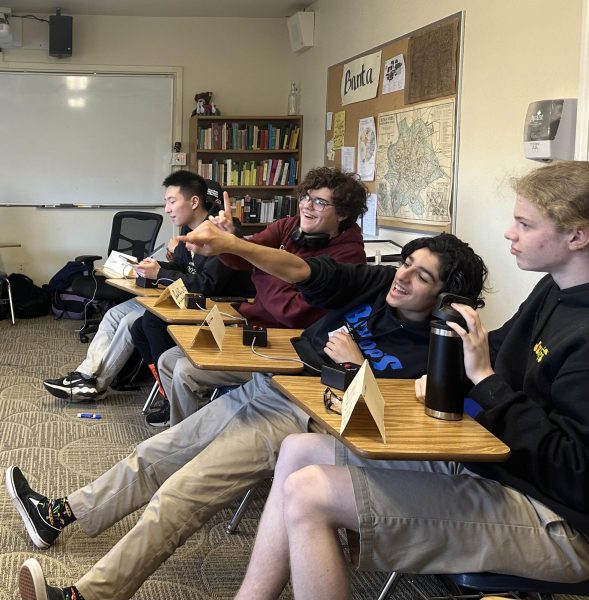

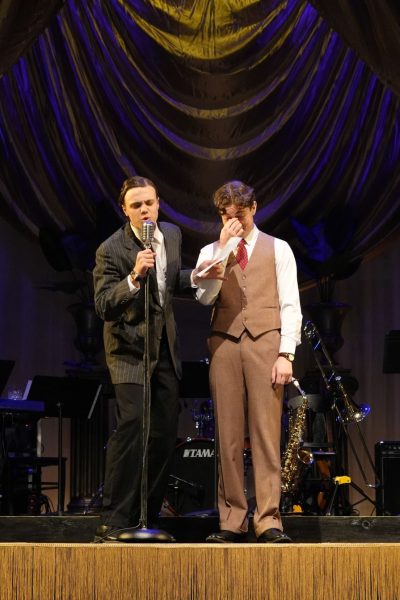
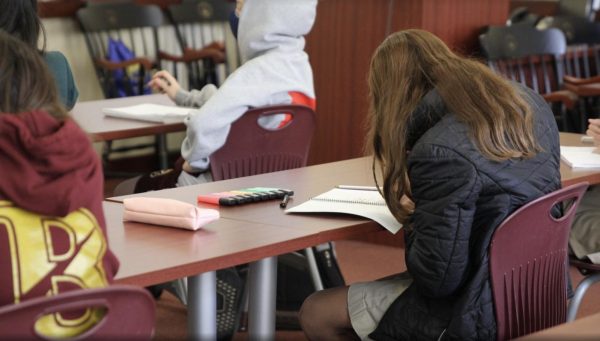
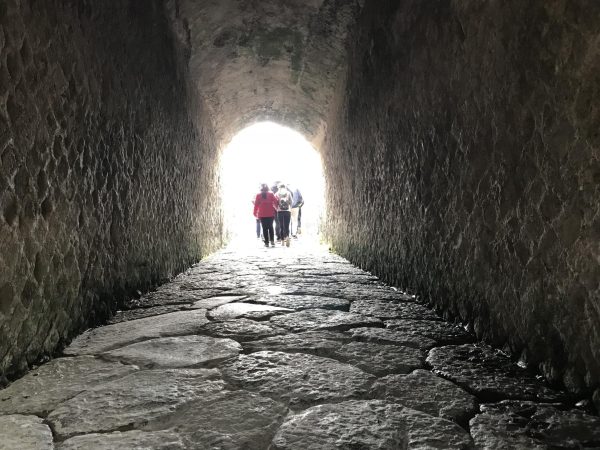
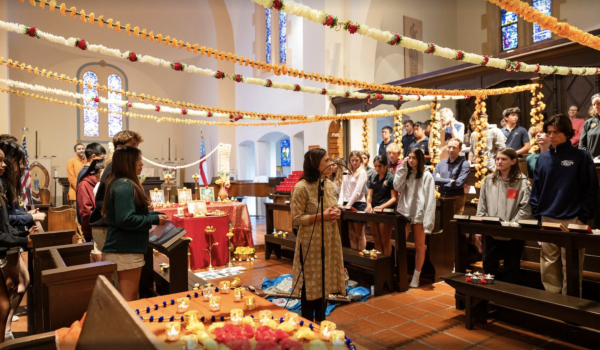
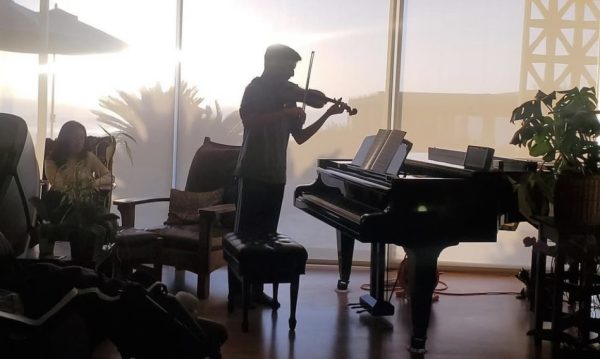
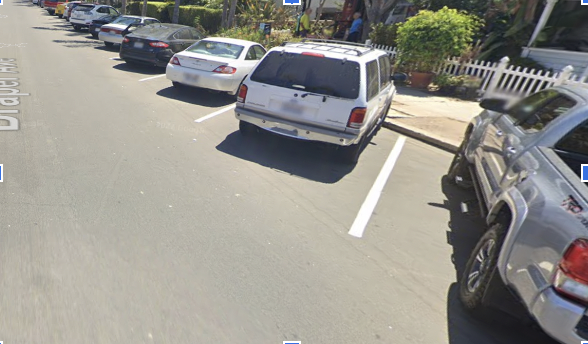
![“Friday is the big finish for the week,” Serena explained, when the lion dance troupe comes to campus. “[I love when the] dance troupes come and get to share their art with everybody and interact with the audience,” she added. Lion dancing is an important and special ritual in Chinese tradition, believed to rid a space from evil spirits and bring good luck. “That’s probably my favorite part of the whole week because feeding them the red envelopes is very fun [and symbolizes good fortune],” Momo added.](https://thebishopstower.com/wp-content/uploads/2024/02/photo-stack-9-photos-3-600x400.jpg)